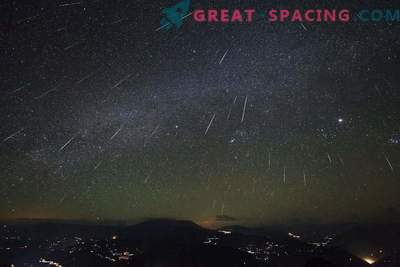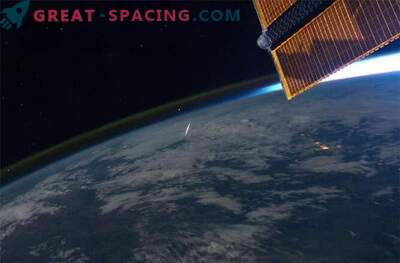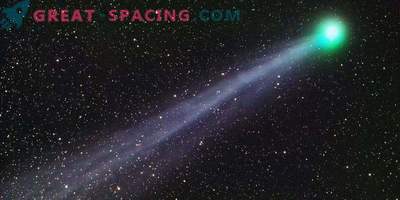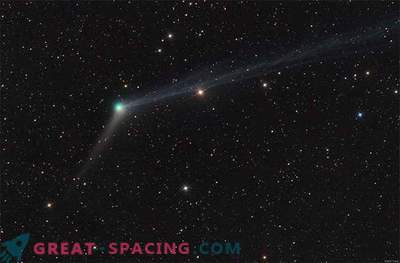
April 21-22, 2019 is at the peak of the remarkable April meteor shower Lyrids. What will you see and how to observe?
Key parameters of Lyrids:
- Parent element: C / 1861 G1 (Comet Thatcher)
- Radiant: Lyra constellation
- First record: 687 BC. er
- Dates: April 16-25
- Peak: April 22
- Number at maximum: 10 meteors per hour
This is an annual stream that falls on April 16-25. At the time of the peak, you can observe the largest number of meteors per hour. This is not a very large flow with 5-20 meteors per hour. However, sometimes there are exceptions, since in 1982 one could see up to 90 meteors per hour. The best visibility for the Russian observer will open on the night of April 22-23.
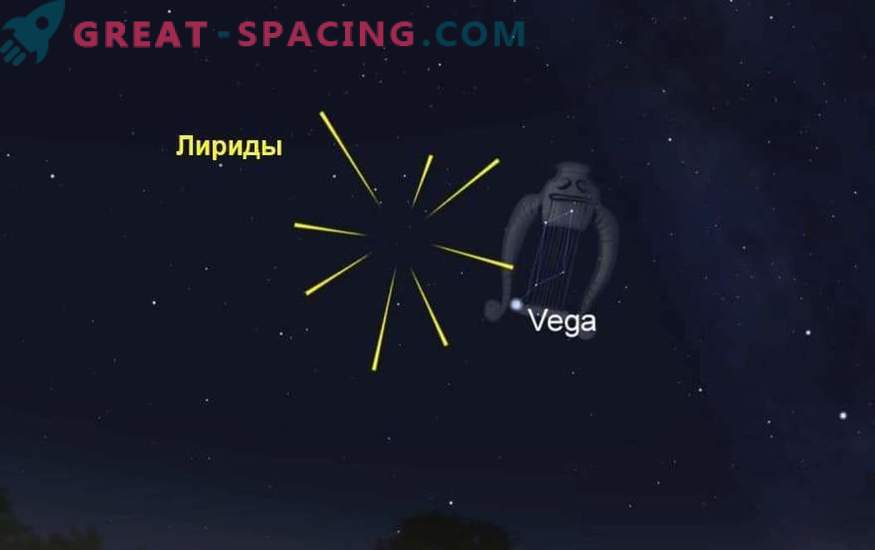
The shining point of the Lyrids is located near Vega (Alpha Lira). During the peak (around April 22) you will find it in the northeast in the late evening and higher in the sky closer to the night. Although meteors come from this point, they have nothing to do with Vega. These are pieces of comet Thatcher left in orbit.
It will seem that meteors come from the constellation Lyra (for which they got their name). But the culprit should be called the long-period comet C / 1861 G1 Thatcher, which spends over 415 years to fly around the Sun. When approaching a star, comets emit dust, creating a long orbital track. Every year our planet passes through this dusty path, which leads to the appearance of the Lyrid meteor shower (fragments of a comet burn in the earth’s atmosphere, creating bright traces). If you want to enjoy a beautiful show, then go for a review before dawn. It is better to be away from city lighting and high buildings.

On the night of April 21, 2012, the Lyrids reached a peak. While NASA cameras were studying the night sky, astronaut Don Pettit onboard the ISS was filming the event with a video camera.
Usually in terms of brightness, the Lyrids reach the 2nd magnitude, and the traces linger for several minutes. If you get lost and can not orient, then look towards the constellation Lyra. You will find him by the bright star Vega (in fifth place in terms of brightness), located in the summer-autumn triangle asterism. Telescopes and binoculars for observation will not be required. This time they promise activity of up to 18 meteors per hour.
